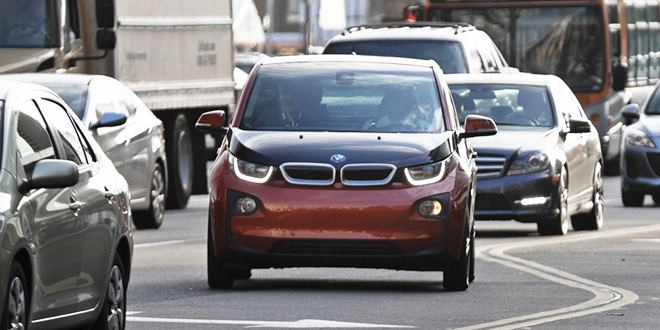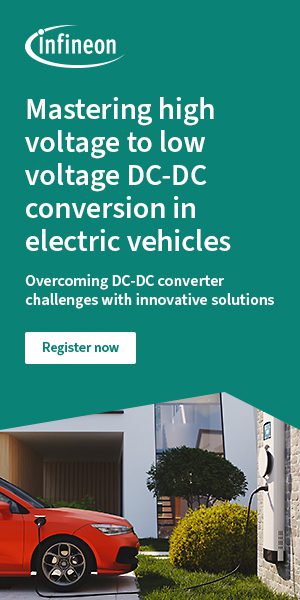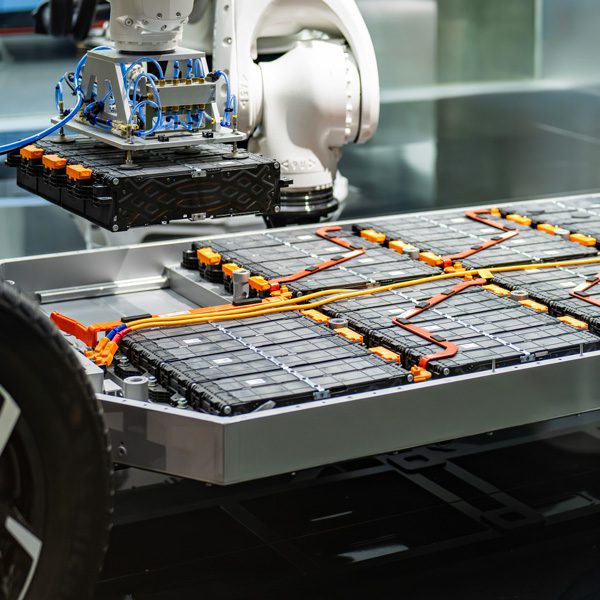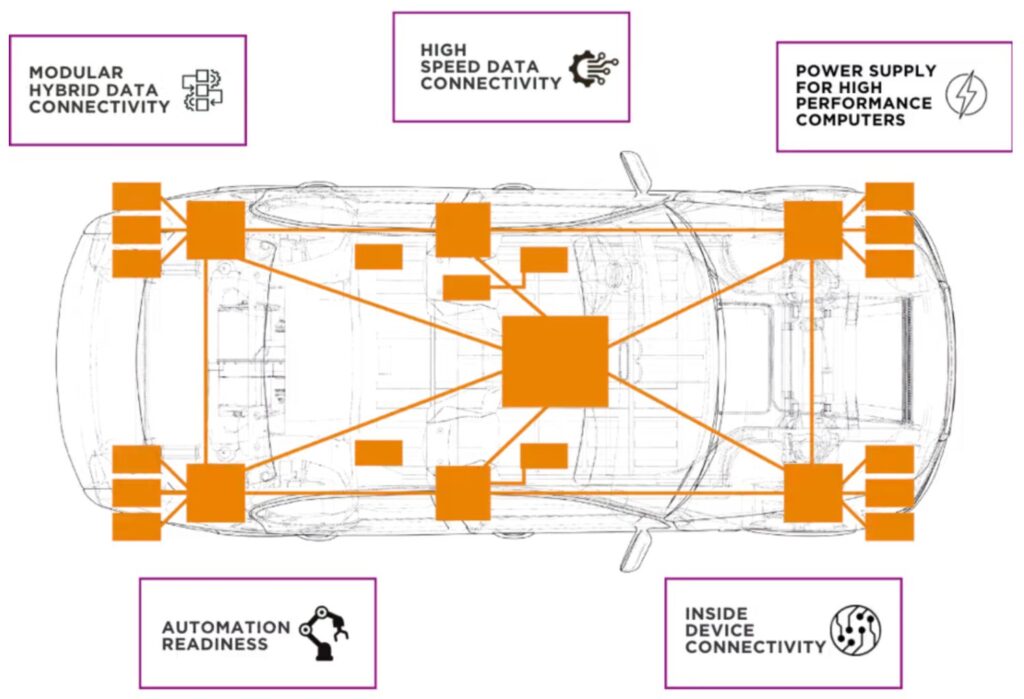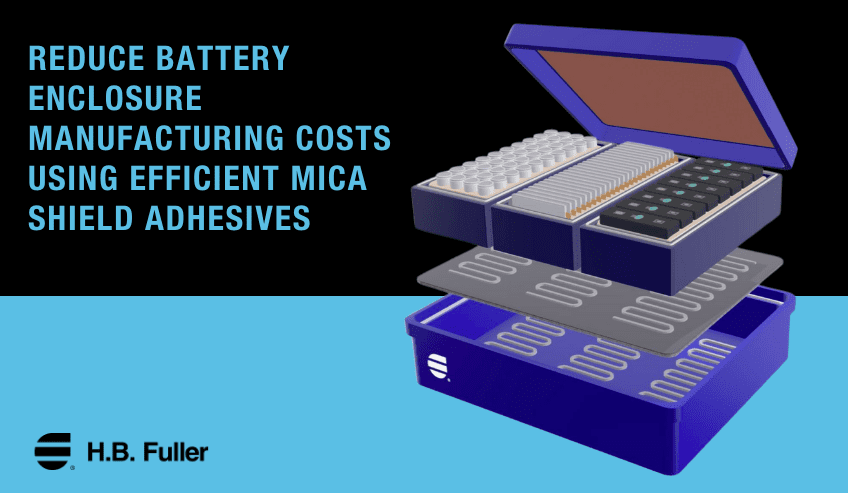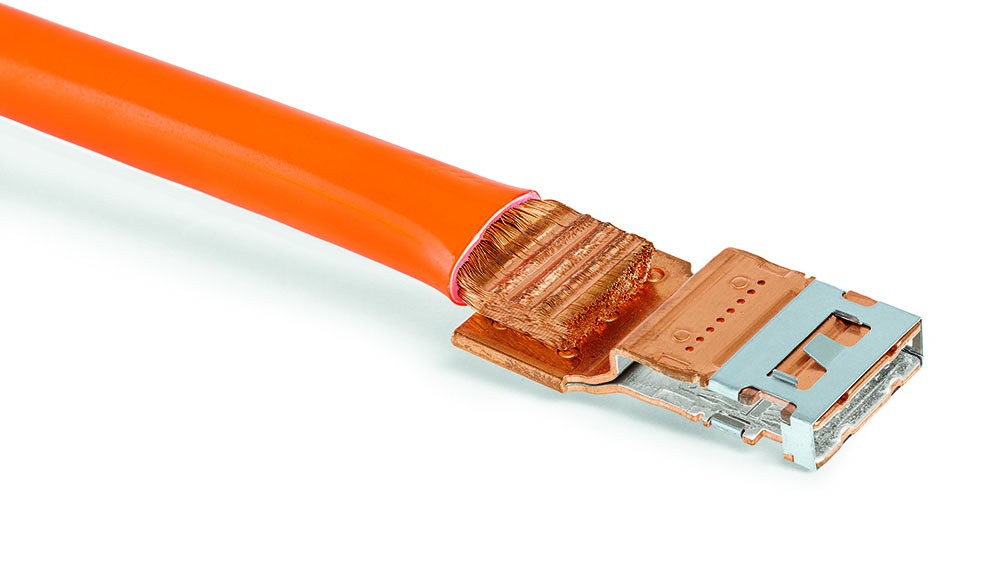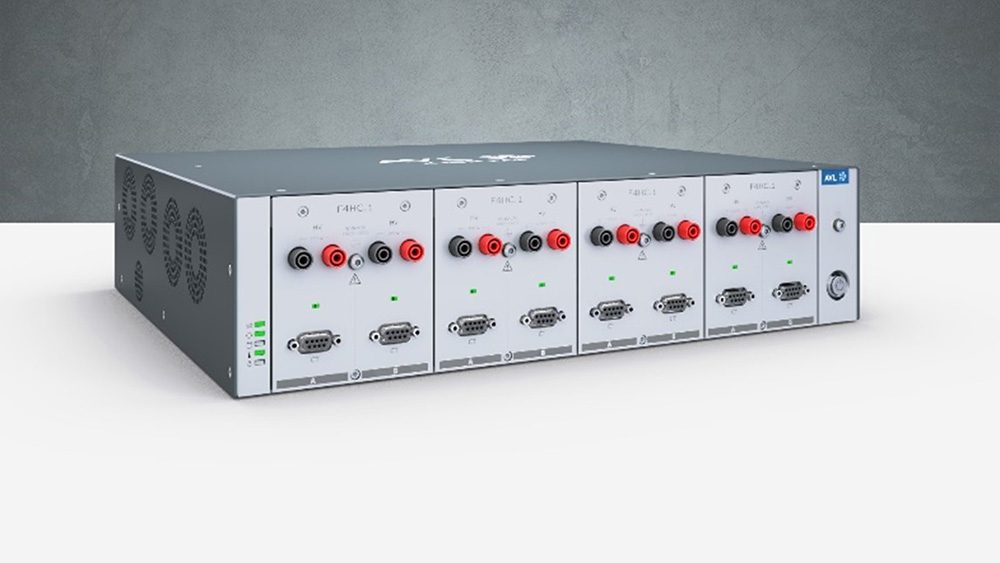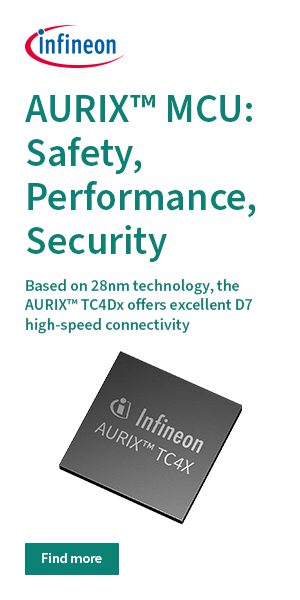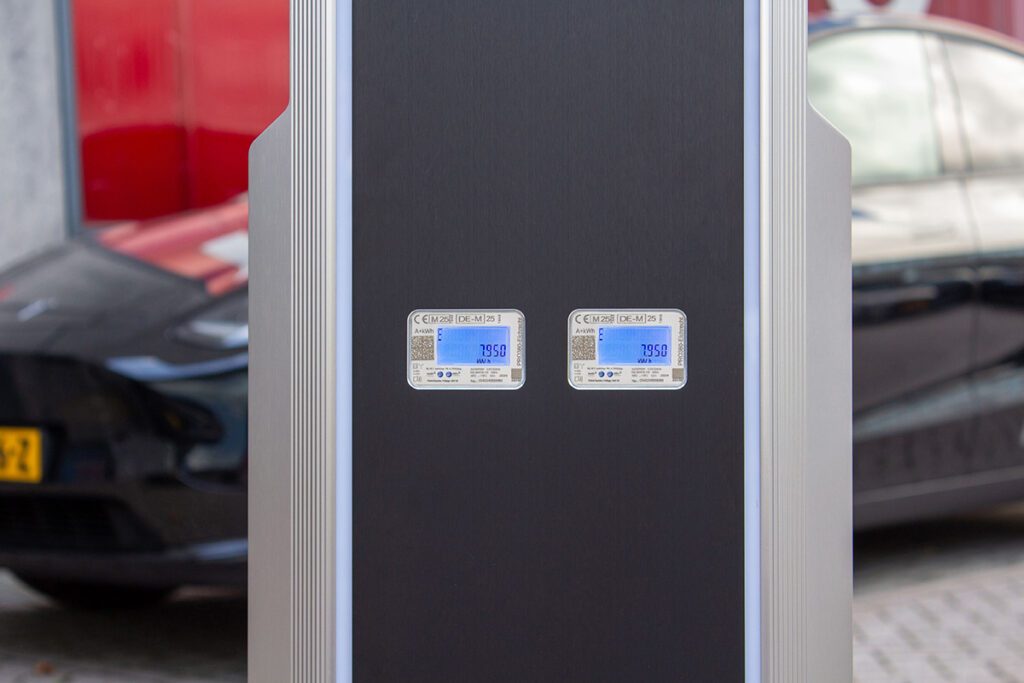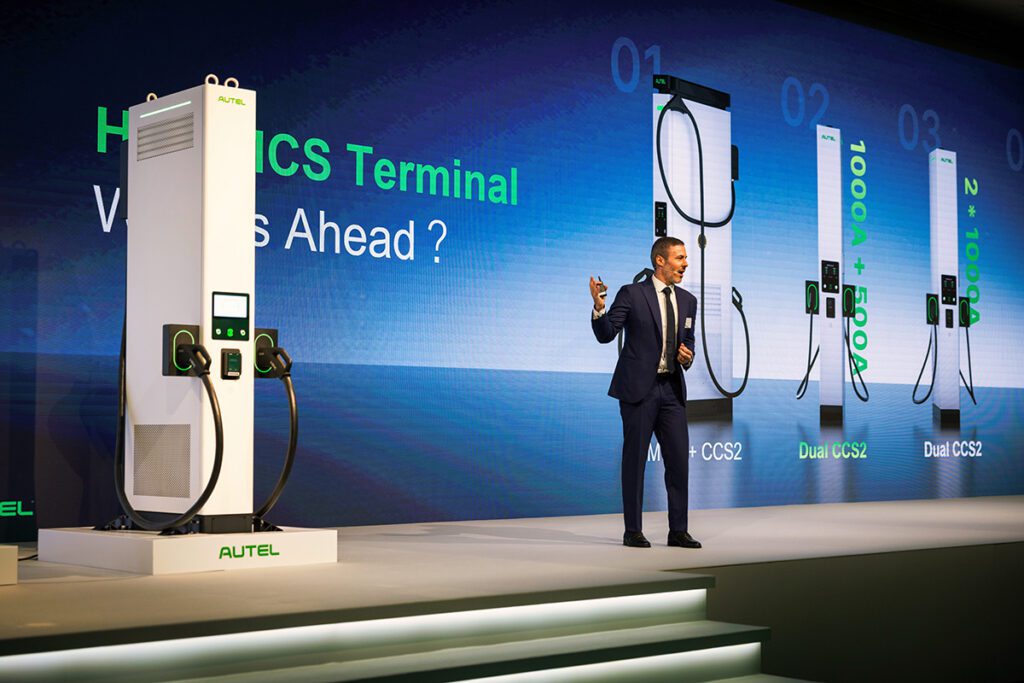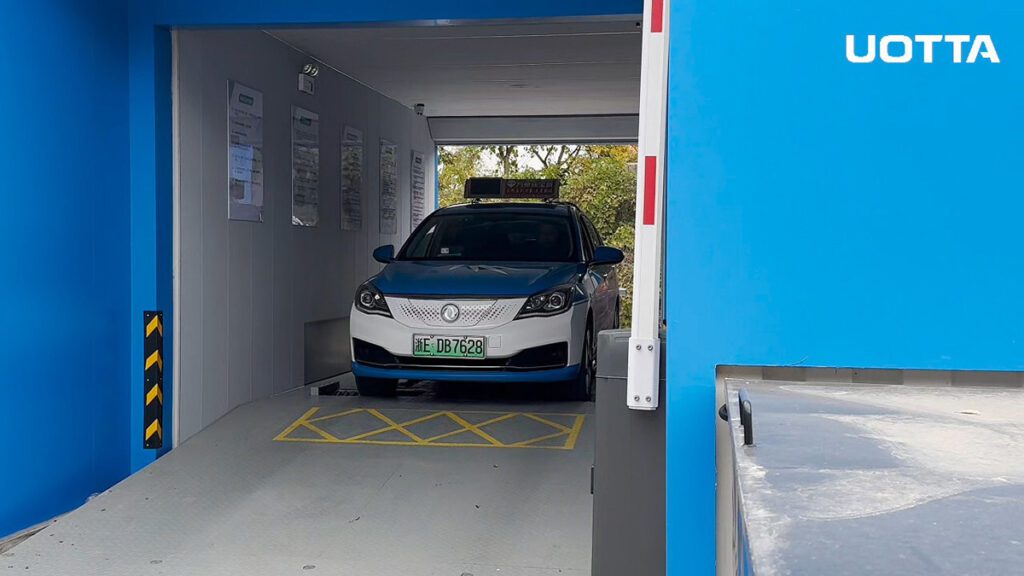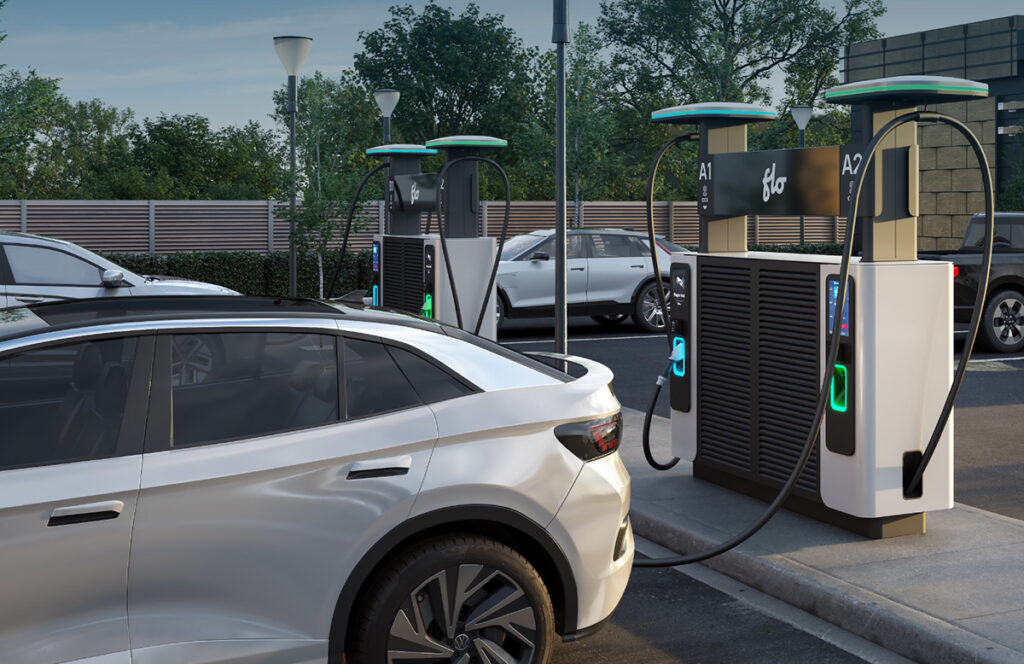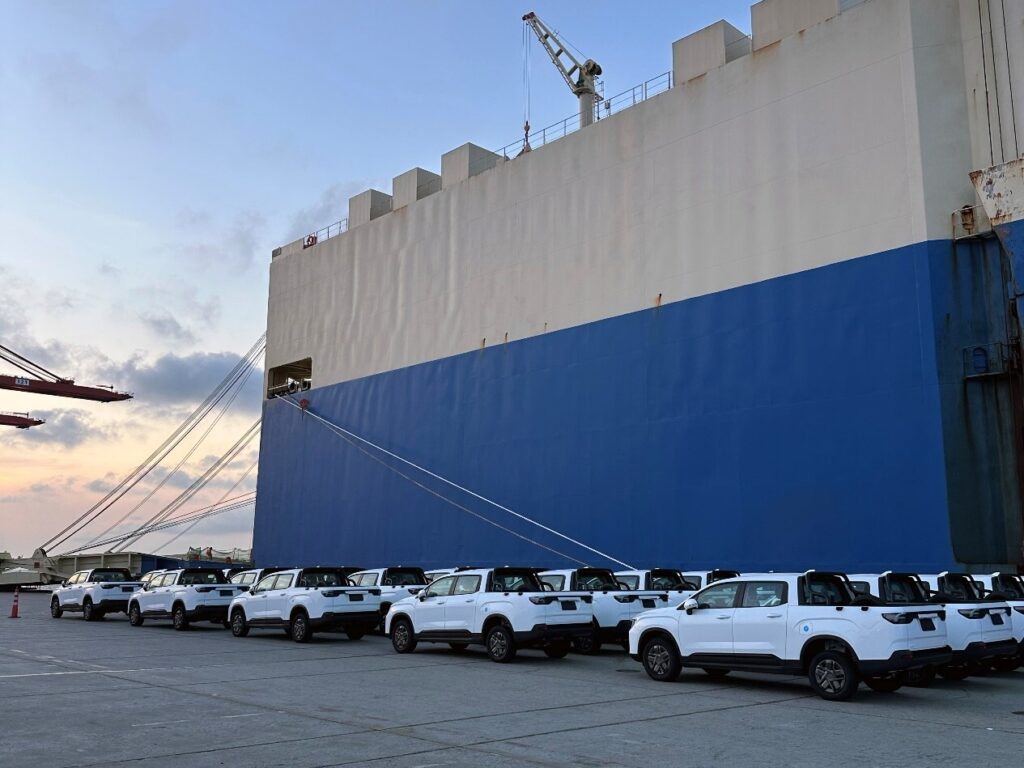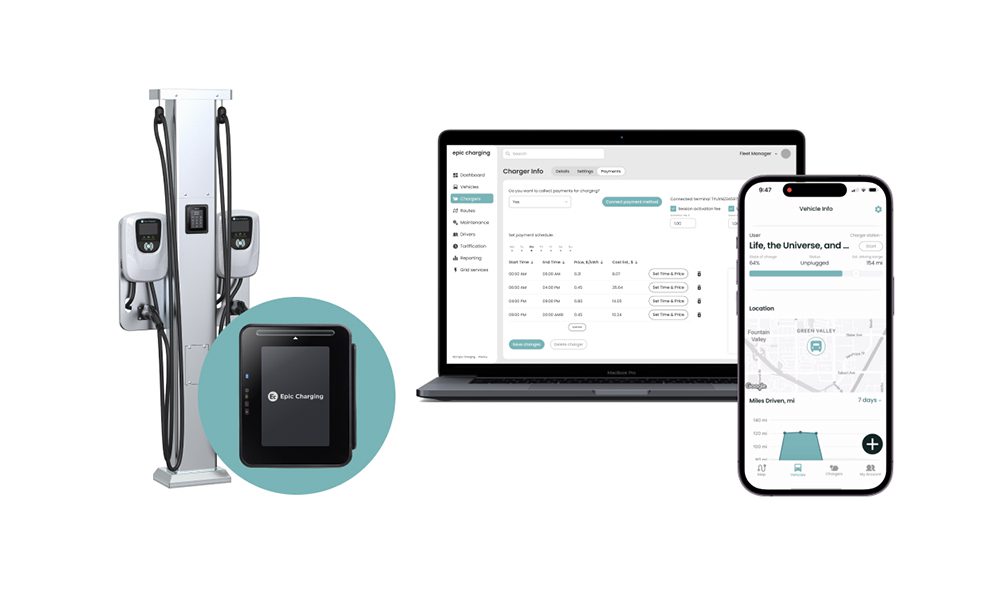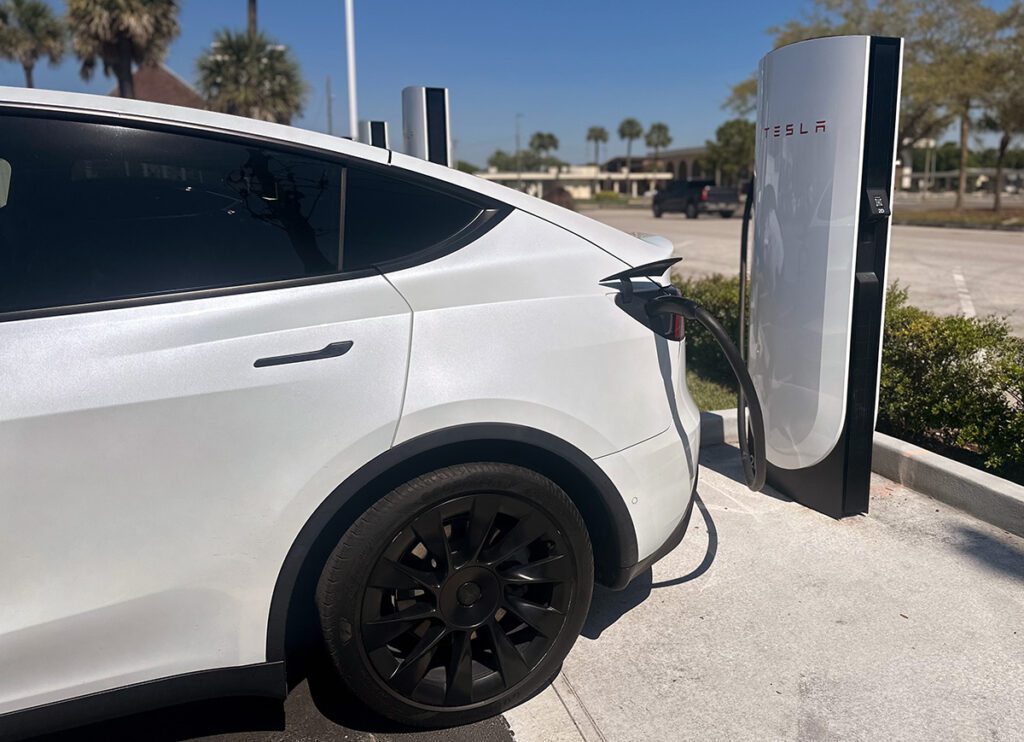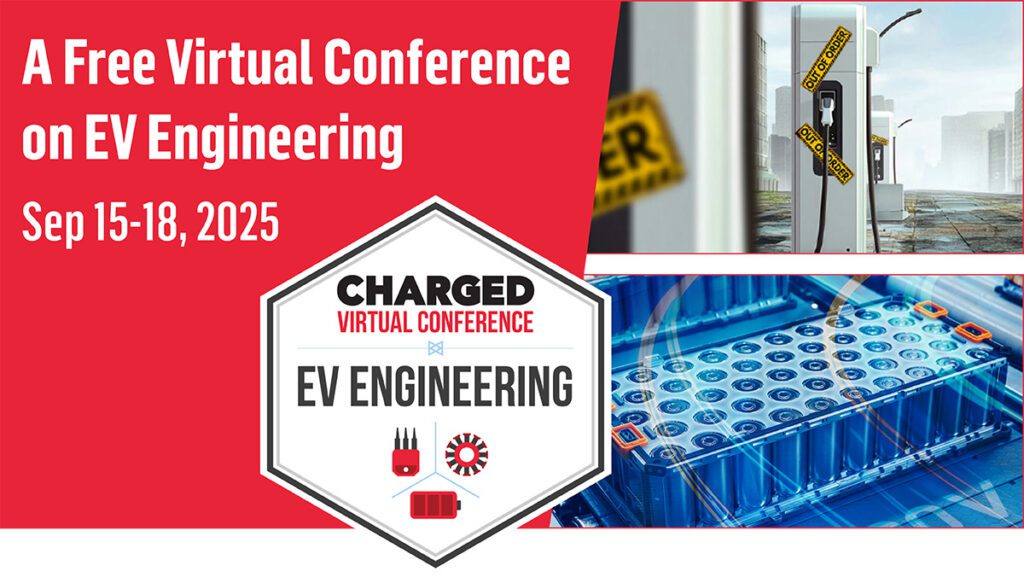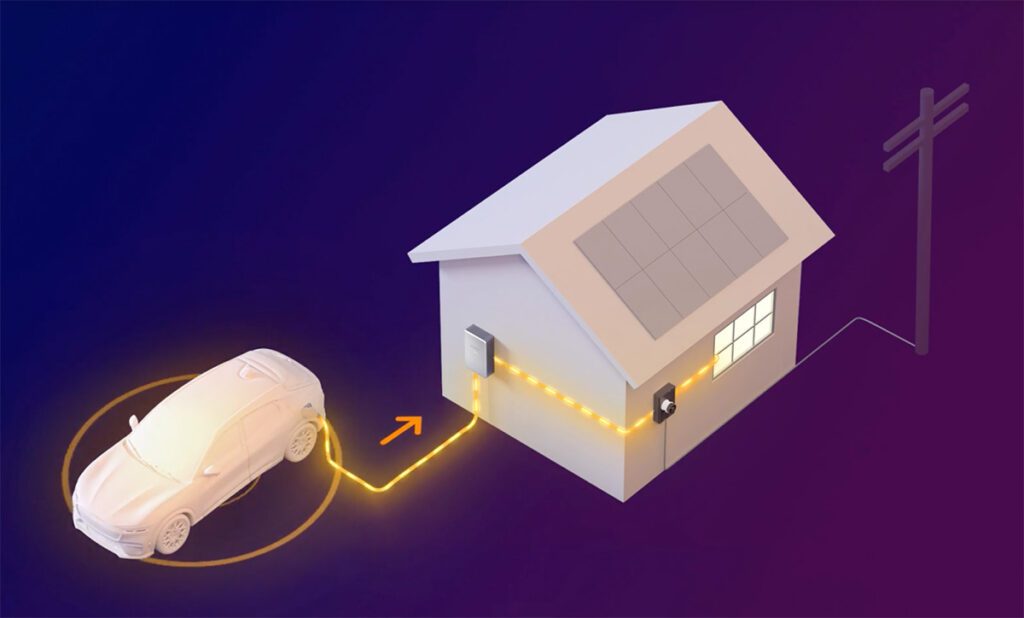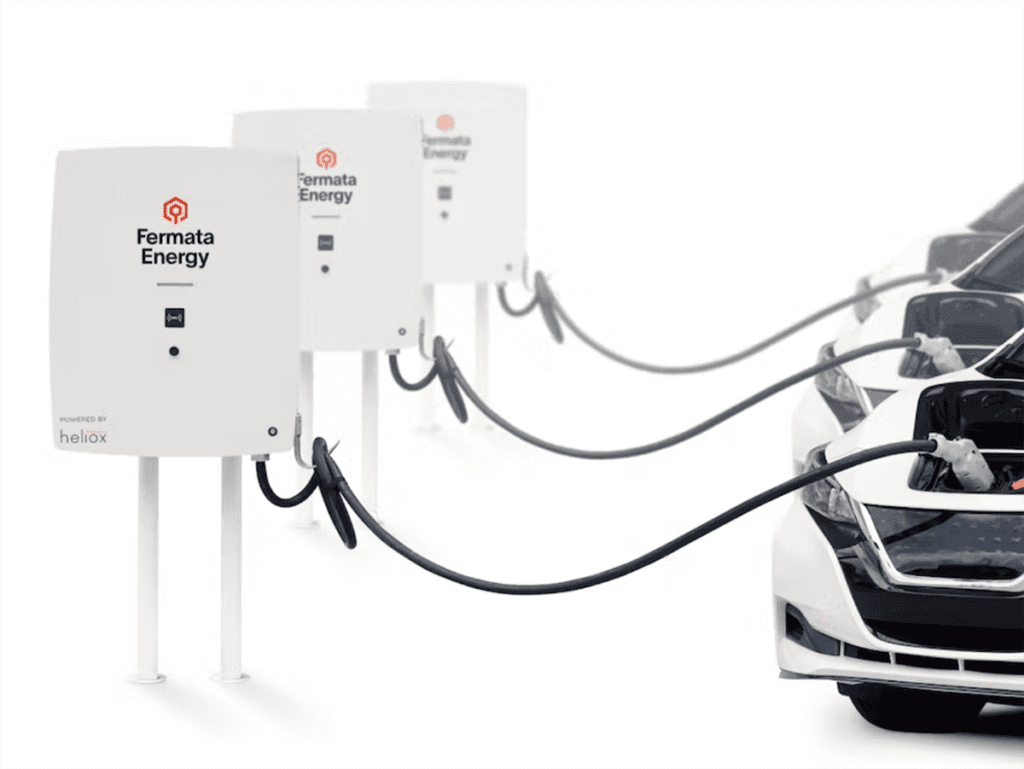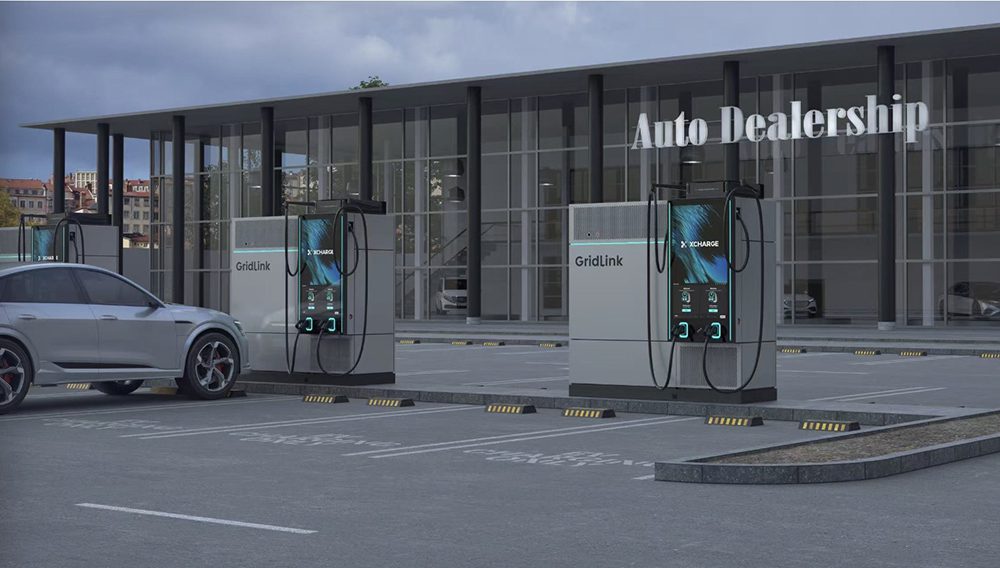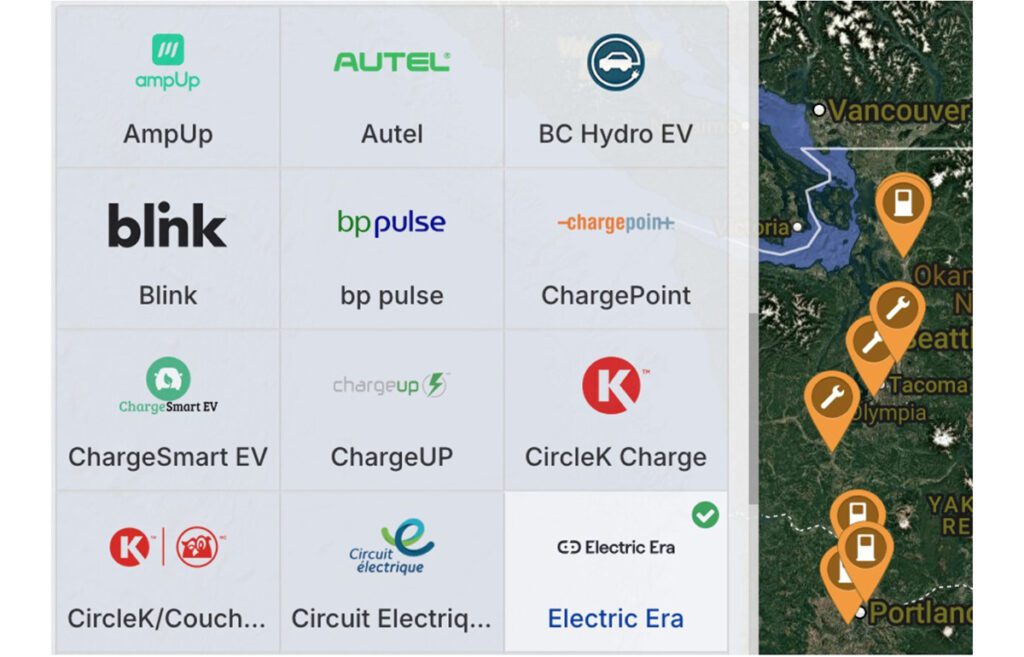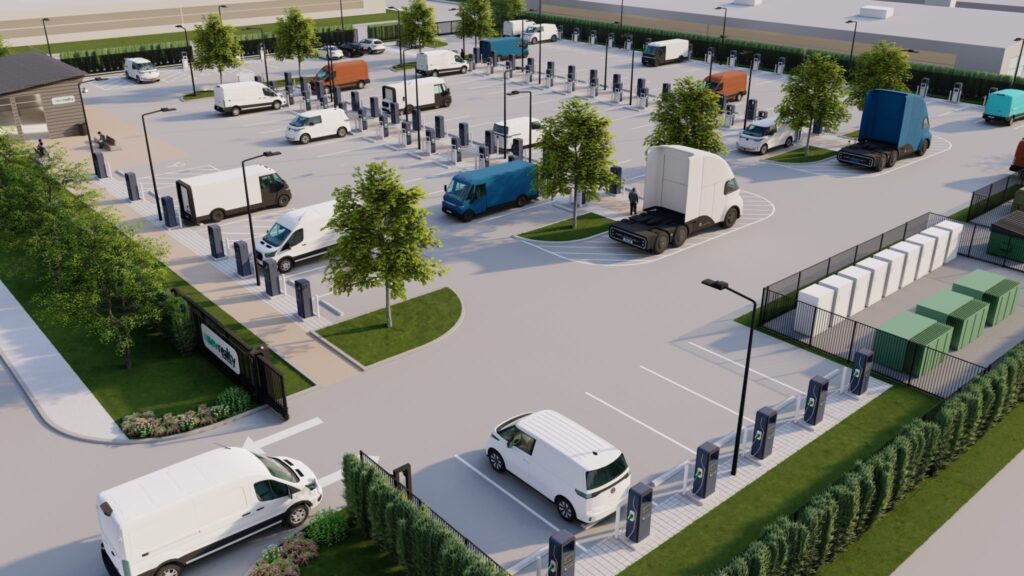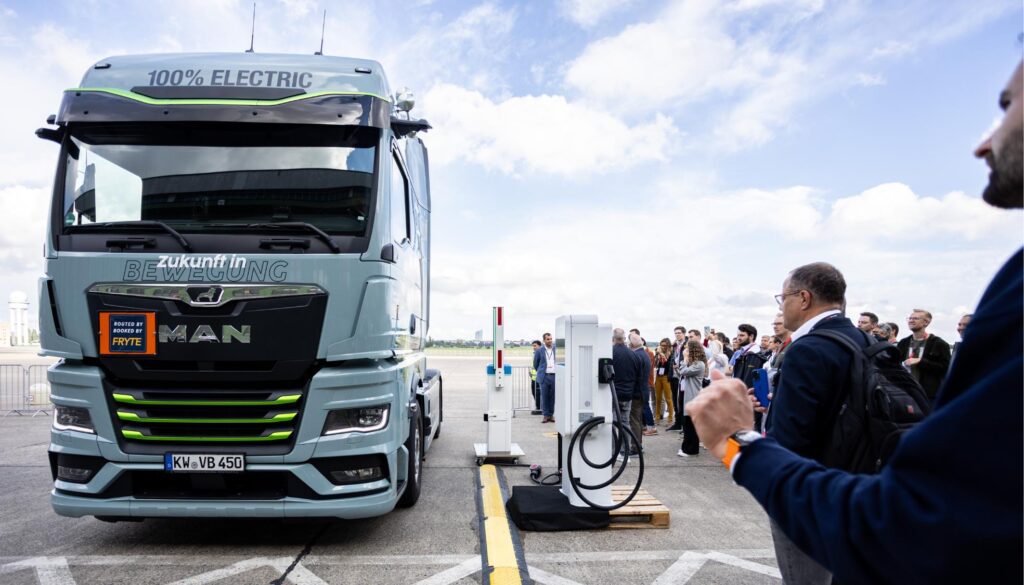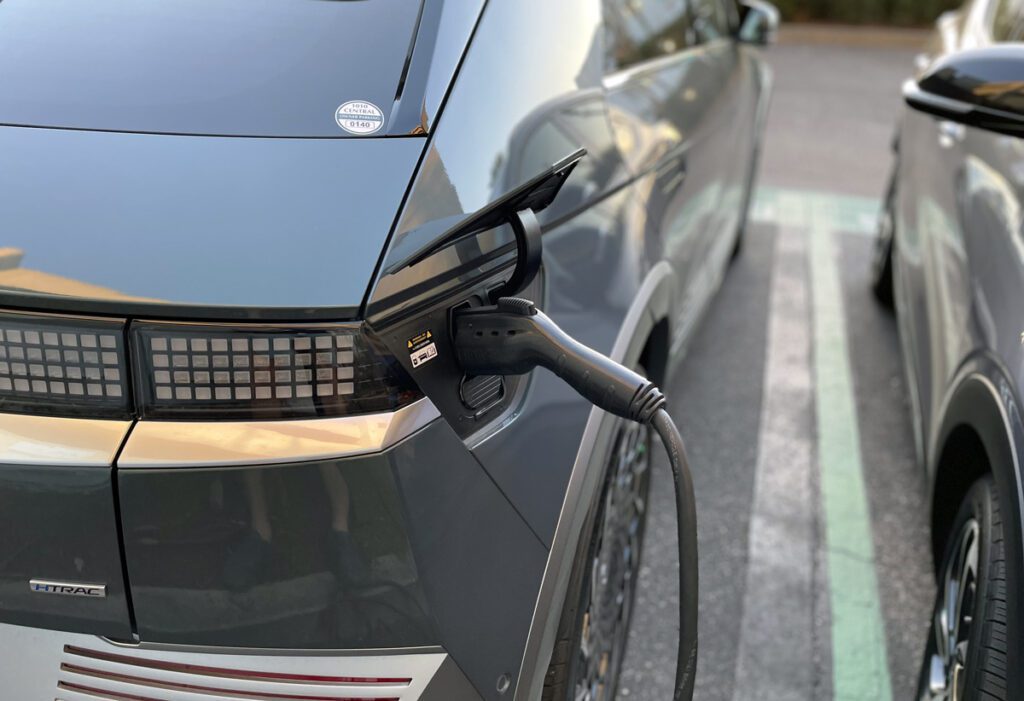The European Automobile Manufacturers’ Association (ACEA) has published a new report that correlates the market uptake of plug-in vehicles in the EU countries with both GDP and government incentives.
Unsurprisingly, ACEA’s data shows that EV uptake is far greater in the richer countries – the only European countries that have a plug-in market share above 1% also have a GDP per capita of more than €30,000 ($35,000). In countries with a GDP per capita below €17,000, plug-in vehicles’ market share remains close to zero.
Of the EU’s 5 biggest car markets – Germany, the UK, France, Italy and Spain – only the UK and France have reached a plug-in market share over 1 percent. The lowest market shares are found in the poorest countries.
“Our data demonstrates that, even though it is growing, the European market for [plug-in vehicles] remains extremely patchy, which makes it difficult to envisage anything like an EU-wide mandate or crediting system,” said ACEA Secretary General Erik Jonnaert. “Many people take the Norwegian market as a benchmark. But just like its €64,000 GDP, more than twice the EU average, Norway’s [plug-in] share of 29% is an exception in Europe. Nobody looks at Greece for instance, where only 32 [plug-in vehicles] were sold last year. This should be a wake-up call for policy makers. Future decarbonisation measures should be inclusive, rather than assuming that all countries are in the same position as a handful of advanced ECV markets.”
Government EV incentives vary widely across Europe, and the ACEA’s figures show that plug-ins’ market share is only significant in countries that offer substantial incentives. Five EU member states do not offer any incentives at all.
“The final product alone – no matter how good it is – is not sufficient to create demand,” said Jonnaert. “As well as harmonised and coherent consumer incentives to stimulate sales, we need more investments in recharging and refueling infrastructure in all EU member states, before we can expect consumers throughout the EU to really embrace alternatively-powered vehicles.”







